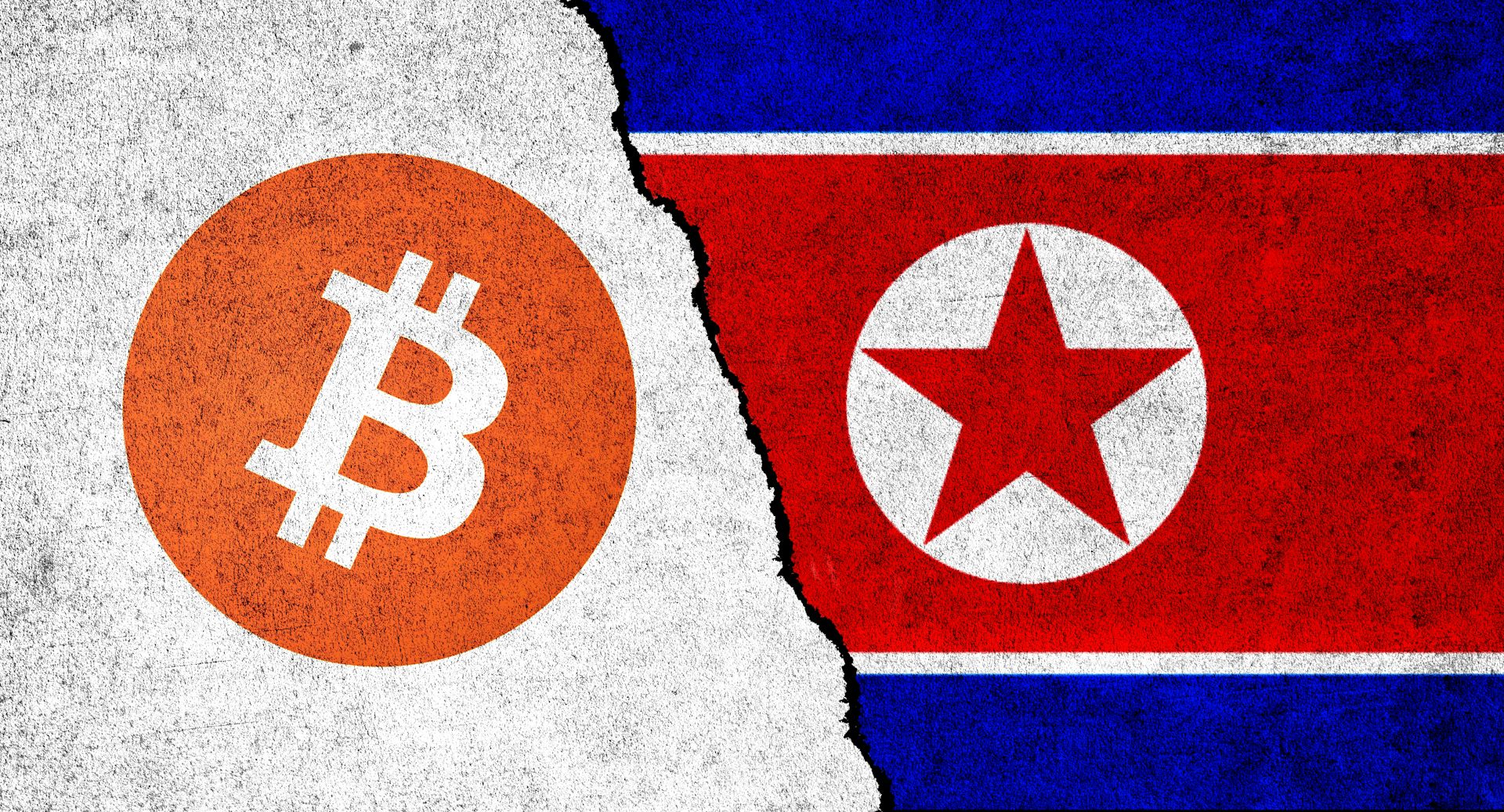Is it time for a Cyber Peace Corps?
The US could help solve a global security problem and boost its image abroad by helping willing experts share their cybersecurity knowledge around the country and the globe.

Hackers around the world are attacking targets as diverse as North Dakota’s state government, the Ukrainian postal service and a hospital in Jakarta, Indonesia. Unfortunately, many governments – in the developing world, and even cash-strapped states and local communities in the United States – lack the skills to effectively protect themselves.
The U.S. has an opportunity to serve itself and the world by revitalizing the ideals of global service popularized in another era of its history. Congress should expand the mandates of the Peace Corps and AmeriCorps to create a Cyber Peace Corps. It could do this by amending the Edward M. Kennedy Serve America Act, which was passed in 2009 to reorganize and expand the AmeriCorps program.
A call to service
President John F. Kennedy established the Peace Corps in 1961 as a way for American volunteers to bring their skills and energy to the world. In the decades since, more than 225,000 Americans have served in the Peace Corps in more than 140 nations. Currently, there are more than 7,000 volunteers serving abroad in 65 nations working on a wide range of projects including fighting hunger by reducing soil erosion, promoting maternal health and teaching environmental sustainability.
Though not without its critics, overall the Peace Corps has done a tremendous amount of good around the world. It has long enjoyed strong bipartisan support at a relatively small cost.
Similarly, more than 900,000 Americans have served in AmeriCorps since its founding in 1993, at more than 21,000 locations across the country, contributing some 1.2 billion hours of service. These efforts are focused on community support in the U.S., through disaster response and recovery work, and providing assistance to local residents who are disabled, poor, elderly or homeless.
AmeriCorps has not enjoyed the same level of bipartisan political support as the Peace Corps, in part, some argue, because inadequate funding has limited its potential. The Serve America Act boosted AmeriCorps’ funding to more than US$1 billion annually, for example, but this is an amount still far less than the $10 billion per year that the original proponents envisioned.
Expanding service options
Adding cybersecurity to the mandates of America’s national and international service programs would help fight the dire cyber-insecurity problems facing the country and the world. The effort could bolster political support, and funding, for the Peace Corps and AmeriCorps. But more importantly, it could help train the next generation of cybersecurity professionals.
Partnerships with universities and community colleges across the nation could create summer cybersecurity boot camps and clinics to teach young Americans how to defend computer systems against malicious hackers. That would help address the projected shortage of 1.8 million cybersecurity professionals by 2022, and prepare prospective members of a Cyber National Guard.
If Congress doesn’t act, other options exist for both individuals and companies. A program like Teach for America could recruit willing volunteers and help prepare them for service. And private firms and civic groups could create their own coalitions, perhaps along the lines of the Service Corps of Retired Executives, linking trained professionals with communities needing help. A similar effort in India, the nonprofit Cyber Peace Foundation, has partnered cybersecurity experts with community organizations to help protect vulnerable populations, such as the elderly.
Toward cyber peace
In the U.S., a pilot project could start with existing industry organizations focused on sharing cyber-threat information. Interested member corporations could contribute their workers for a fixed period of time to strengthen cybersecurity capabilities in their communities, including for school districts, municipalities and utility companies. Firms with international operations could do the same abroad.
When President Kennedy called for the creation of the Peace Corps during the turbulent 1960 election, the world was different: At the height of the Cold War, America faced a difficult challenge to win hearts and minds, especially in nations not yet aligned with either the U.S. or the Soviet Union. Today negative perceptions about the United States are rising around the world.
Developing U.S. cybersecurity talent and deploying it to mitigate threats to information security both at home and abroad would help protect vulnerable communities and rebuild social ties. In fact, the efforts involved in getting Cyber Peace Corps workers and their hosts to work together to protect potentially sensitive information may help strengthen trust and goodwill among nations. And it would recast 20th-century service commitments to face 21st-century challenges.
There are untold thousands of people on college campuses, working for small businesses and in leading tech firms who are worried about the world’s lack of cybersecurity, but who feel powerless to change things. If given an opportunity, their work would help create the next generation of cybersecurity professionals. And it could offer new opportunities to bridge partisan divides at home, and geopolitical fault lines abroad.
Scott Shackelford does not work for, consult, own shares in or receive funding from any company or organisation that would benefit from this article, and has disclosed no relevant affiliations beyond their academic appointment.
Read These Next
West Coast levee failures show growing risks from America’s aging flood defenses
Levees protect more than 7 million buildings in the US today, yet they got a D-plus grade in 2025. A…
From truce in the trenches to cocktails at the consulate: How Christmas diplomacy seeks to exploit s
World leaders like to talk up peace at Christmastime. But alongside the tales of seasonal breaks in…
As DOJ begins to release Epstein files, his many victims deserve more attention than the powerful me
Powerful men connected to Jeffrey Epstein are named, dissected and speculated about. The survivors,…






